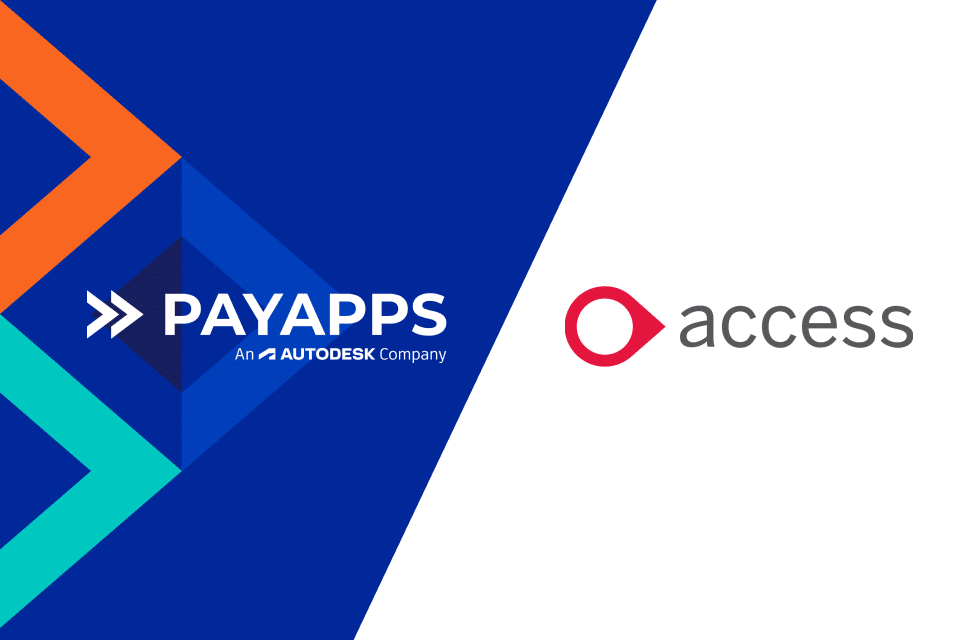What is retention in construction?
Retention in the Construction sector is a sum of money withheld from a payment to a contractor / subcontractor until the contracted project is completed to a satisfactory standard within an agreed time period.
This practice will normally start with the main Tier 1 contractor, but will then often cascade down through the supply chain. It is estimated that in the UK, more than £3.2 billion is withheld in retentions each year.
The retentions process in practice is often complex and convoluted. There are calls within the industry to remove retentions from Construction altogether, with Build UK calling for zero retentions by 2025 and providing a roadmap for the industry to move towards this goal.
The issue is that the practice of retentions would need to be replaced by another method of ensuring work is completed to the required standard and within an agreed timescale. So, for the time being, at least, retentions will likely remain as common practice within the industry.

The current retention process in construction
The current system generally sees half the money retained being released on completion of the project, with the other half not being paid until the “defects liability period” has passed. This is normally 12 months from completion and within that time, all contractors are expected to resolve any issues or defects which have been identified.
Unless an urgent defect arises, an inspection will usually take place after the liability period has passed and once all problems are rectified, the remaining balance will be paid. We cover the process in detail in our Retention eGuide.
The length of time between the start of a project and the end of the ‘defects liability period’ means all companies must ensure they have robust procedures in place to ensure they receive all the monies that have been retained. However, due to the complex and manual process required to keep on top of retentions, it can be challenging to track what retention you are owed and when it’s due.
Rob Driscoll – Director of Legal & Business at ECA and Chair of the Cabinet Office SME Payment Group states,
“It’s critical to have systems in place to track key dates. At the very least your system should record the date of practical completion and should also remind you that you have reached the end of the defects liability period.”
Some handy tips to keep track of your construction retentions
- Make sure you notify your procuring contractor of the date of practical completion of your part of the works as soon as possible once they have been completed. This will ensure you have an undisputed date from which to calculate the defects liability period.
- Record this completion date and set a reminder in your tracking system to alert you when the defects liability period ends.
- Always request release of retention in writing – this will often be in the form of a ‘payment claim’.
- If a retention payment is not received you should investigate why ASAP.
- Ensure you keep good records and copies of all correspondence both sent and received.
If the retention is not released, you should follow these steps:
- Firstly, always check the contract. If you have achieved all the necessary stages to trigger release of the retention and have followed the required process, the contractor could be in breach of contract. But always check over all contract clauses carefully to ensure you have met all requirements, or you could be the one in breach of contract.
- Remind them politely that payment has not been made despite all requirements being met. If necessary, bypass administrative layers and speak directly with a decision-maker, such as the Commercial Manager or Director.
- Show your records of correspondence and proof of requests for payment, and politely ask for the retention to be released immediately. Ensure they have all your bank details and provide them again if necessary to help a swift payment be made.
If the retention is still not released despite the above information being provided, you should consider further action, such as court action or adjudication. You may also consider suspending works if a relevant ‘pay-less notice’ has not been issued as required by legislation.
For more detailed information and advice, download our Retention eGuide.
Take the hard work out of managing retention
If you want to take the hard work out of the retentions process, you could consider a system such as Payapps. With the ability to log all stages and correspondence in relation to a contractor or project, and handy automatic reminders so you never miss a key date, Payapps can make the whole retentions process much easier to manage.
As well as managing and tracking retention, discover all the other benefits Payapps can provide – watch our short 2 minute video.





